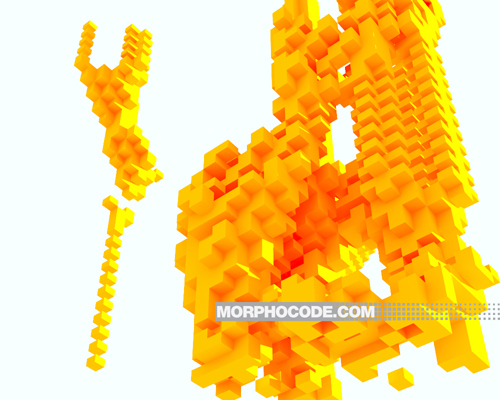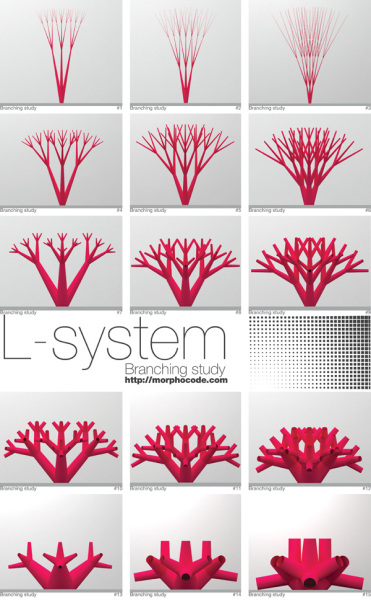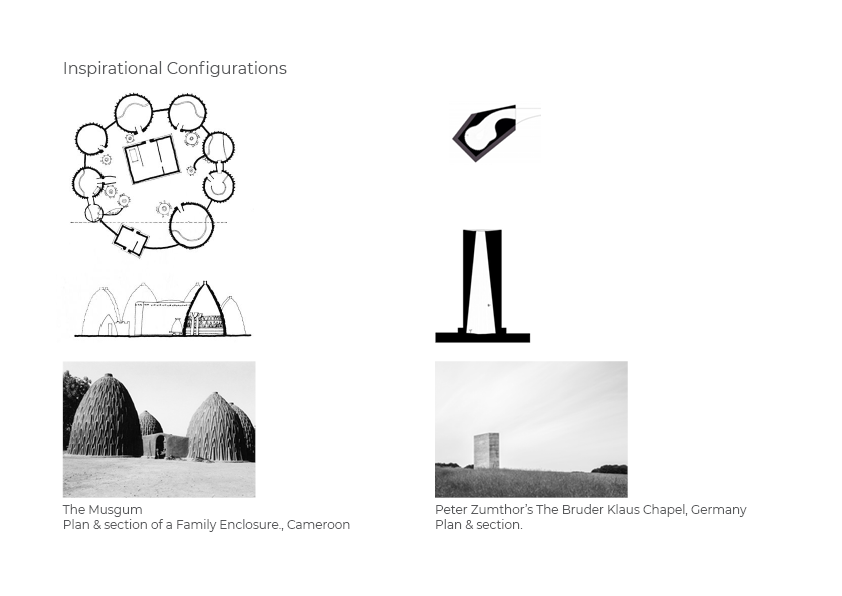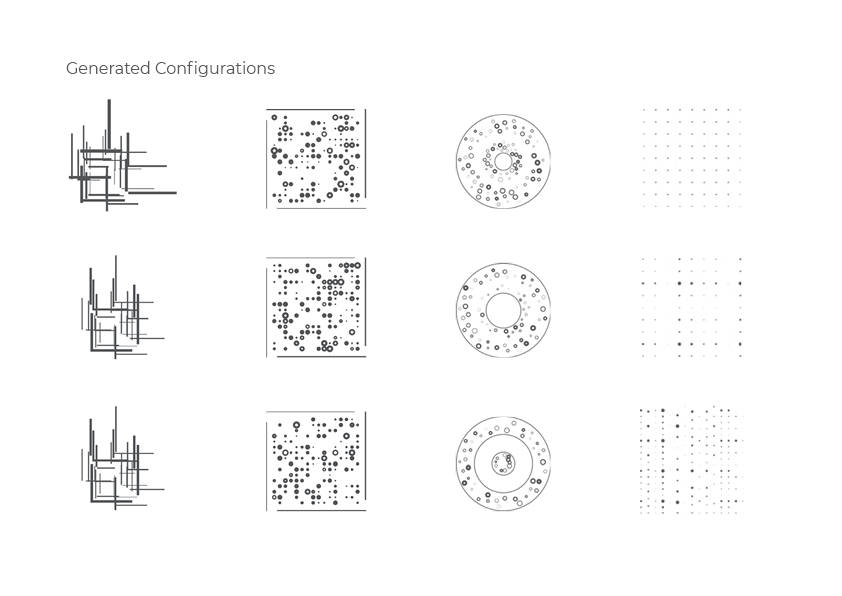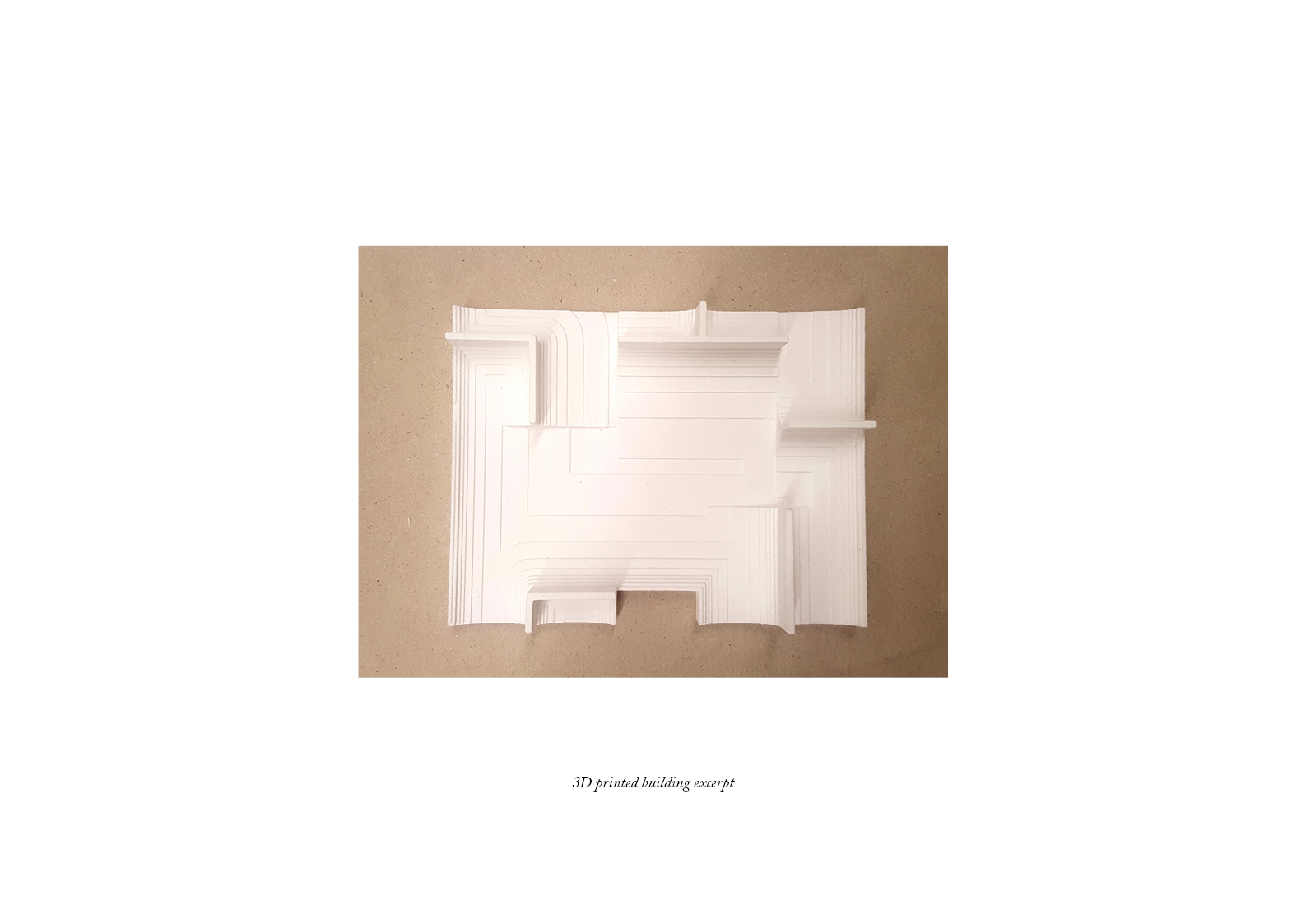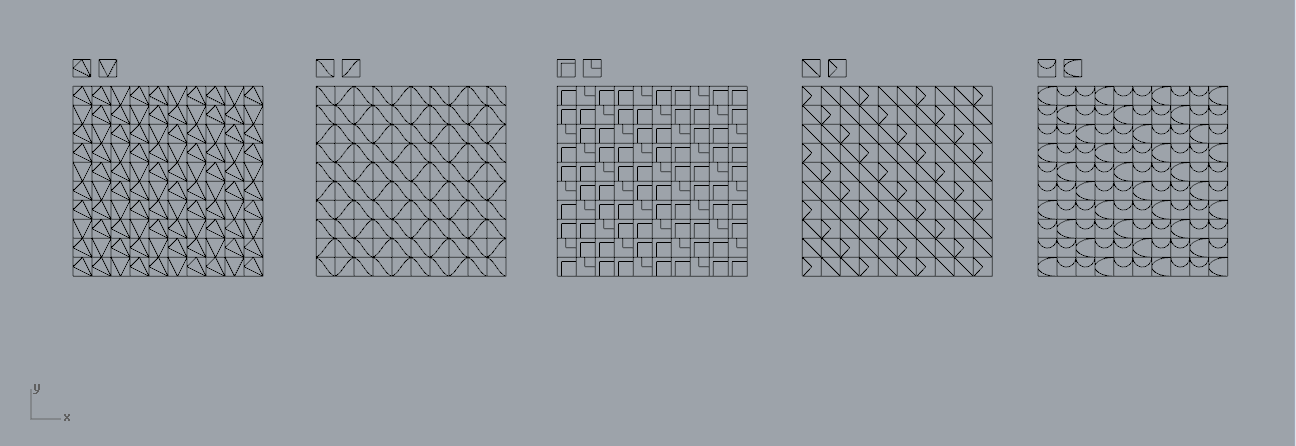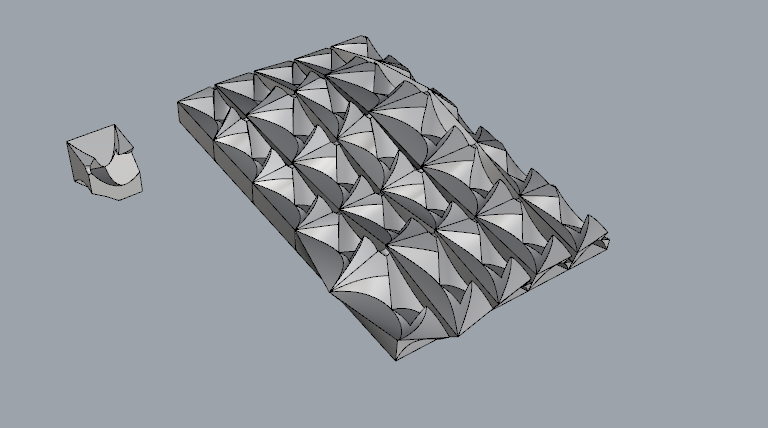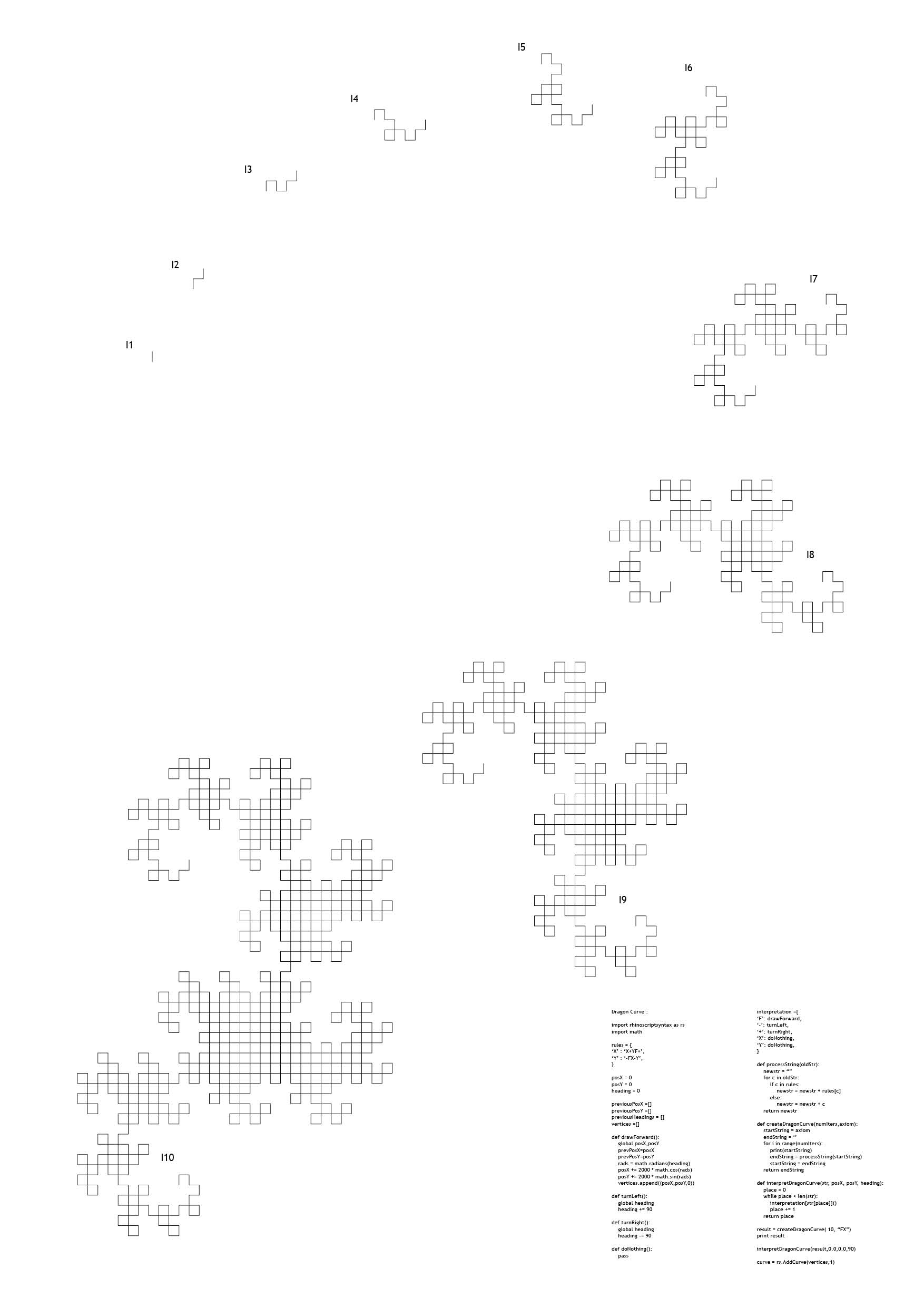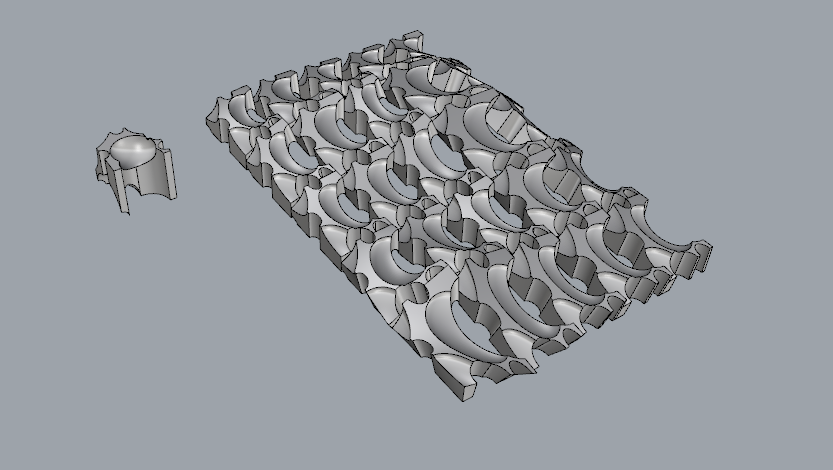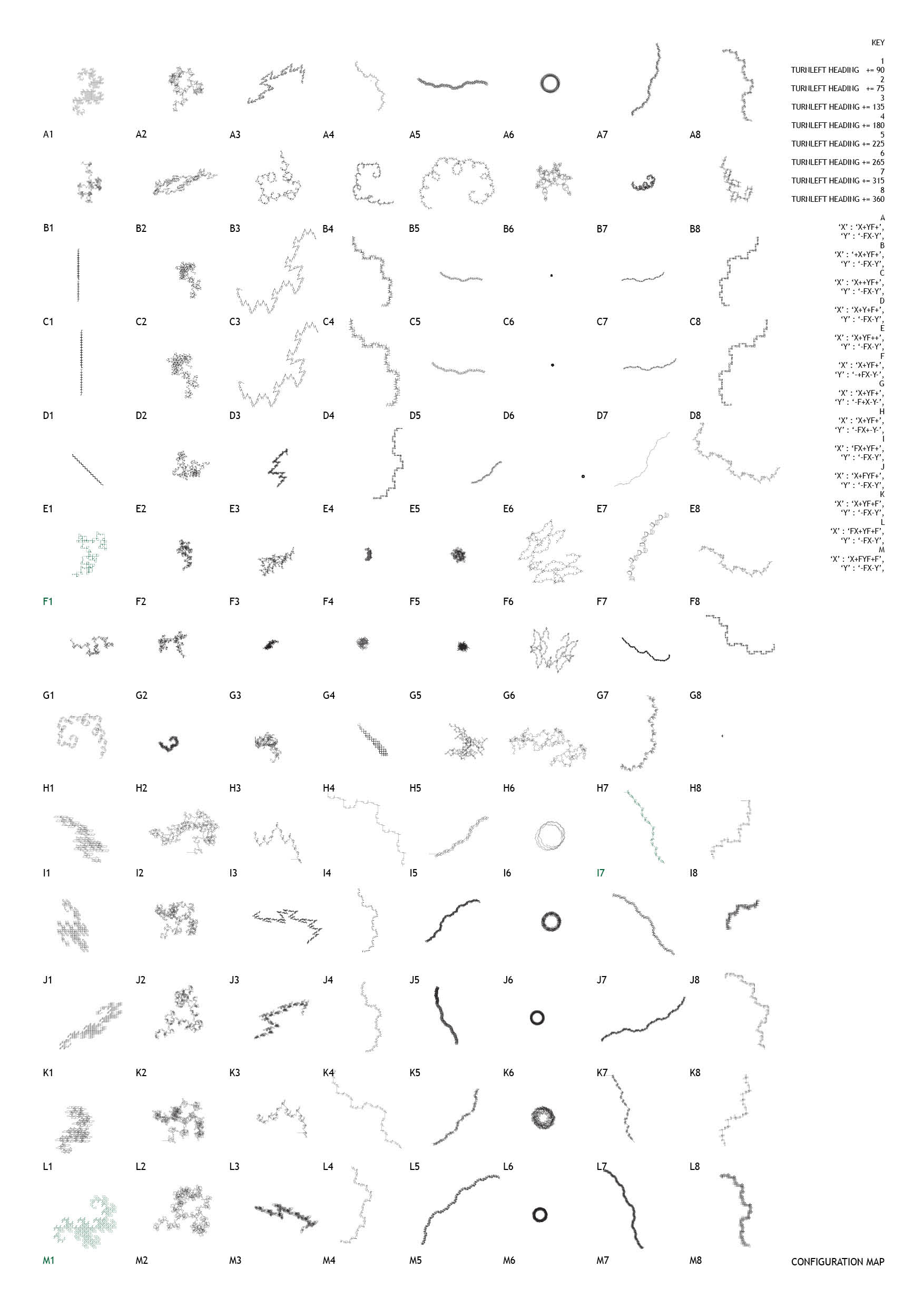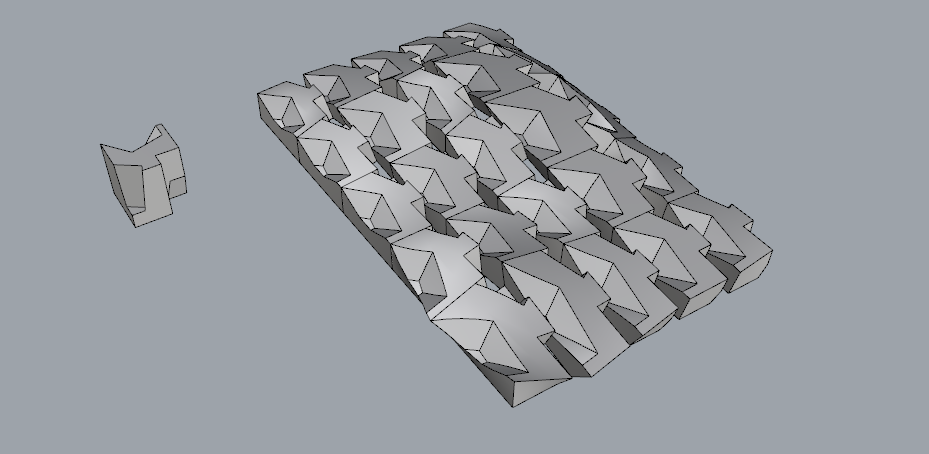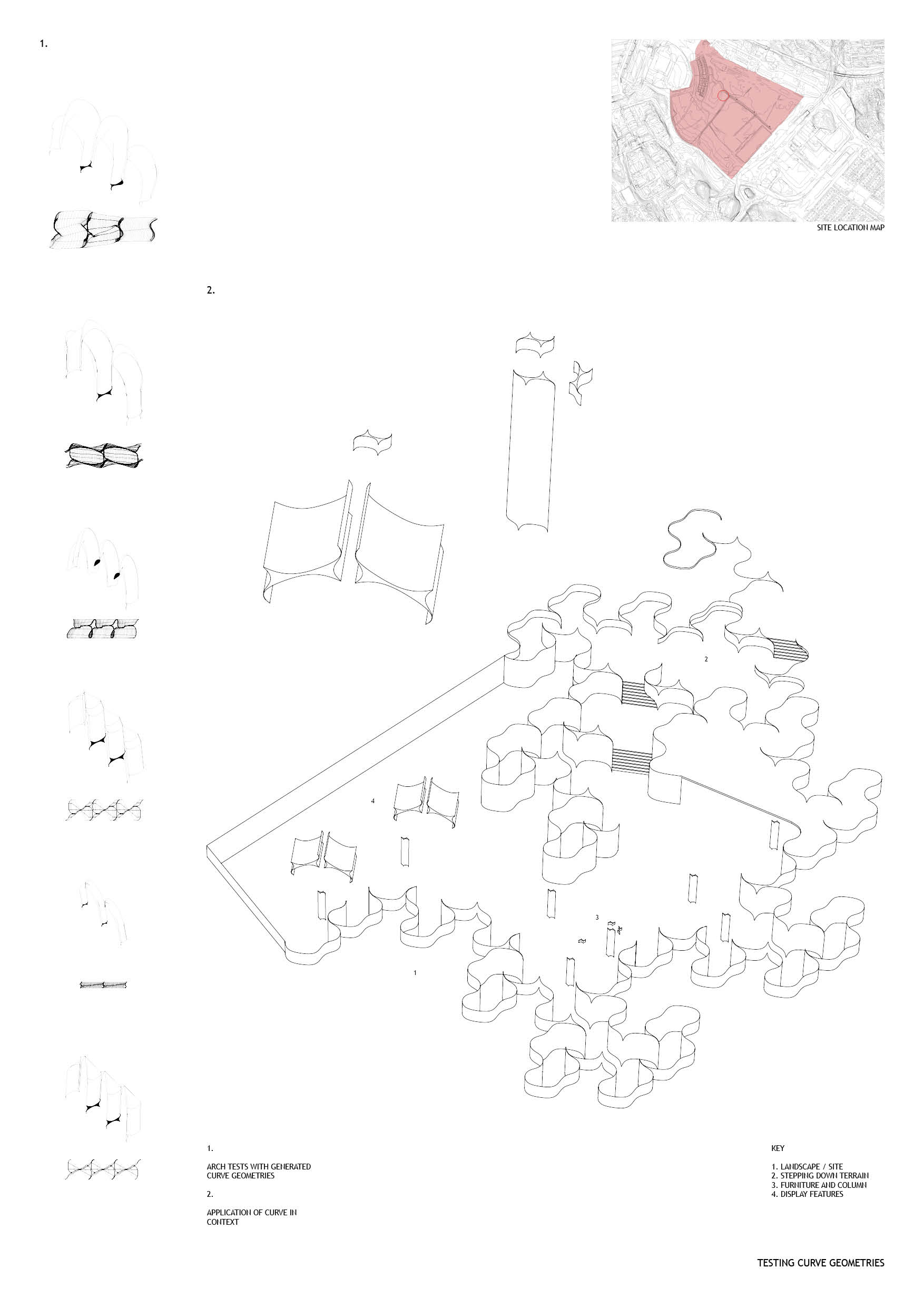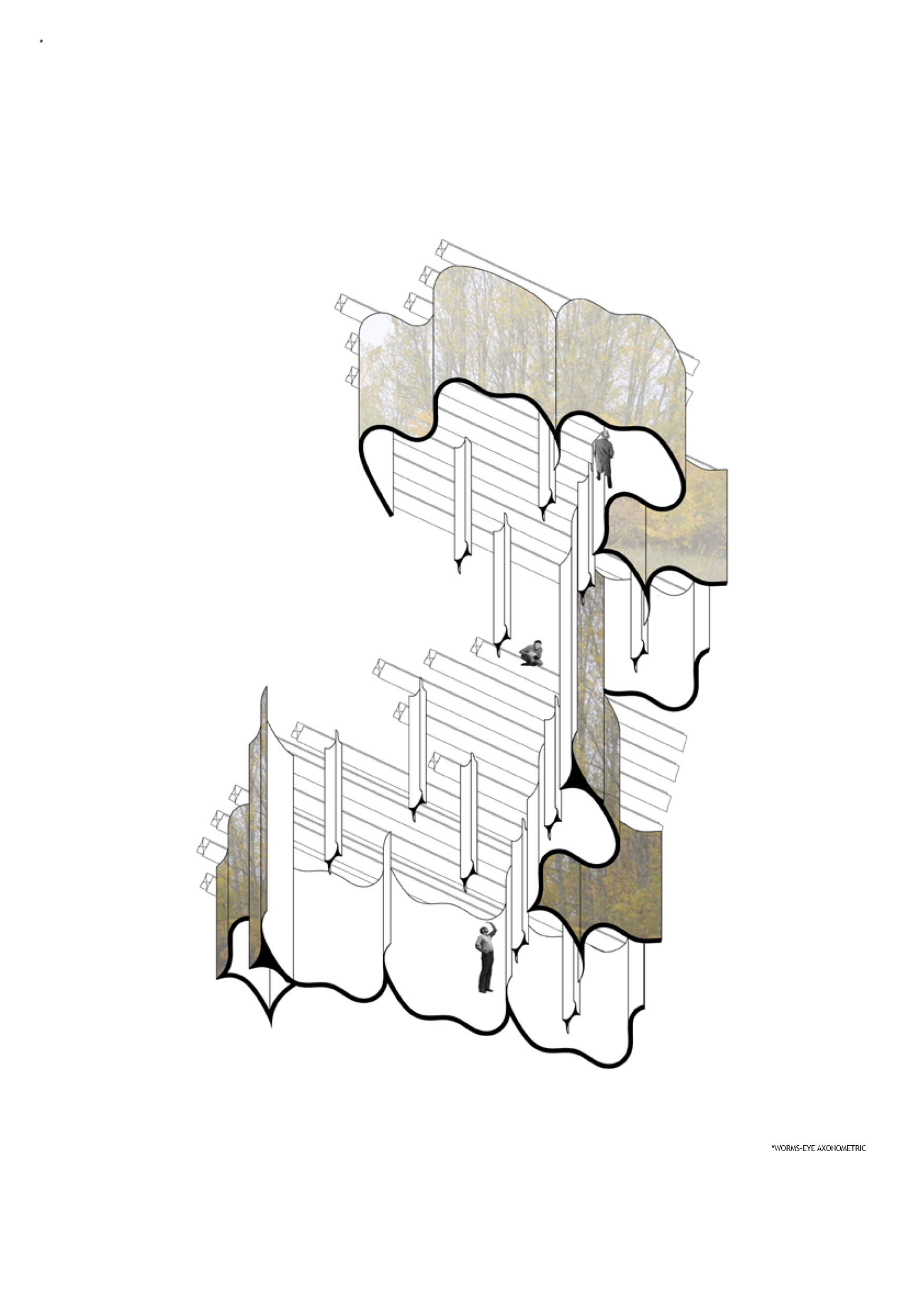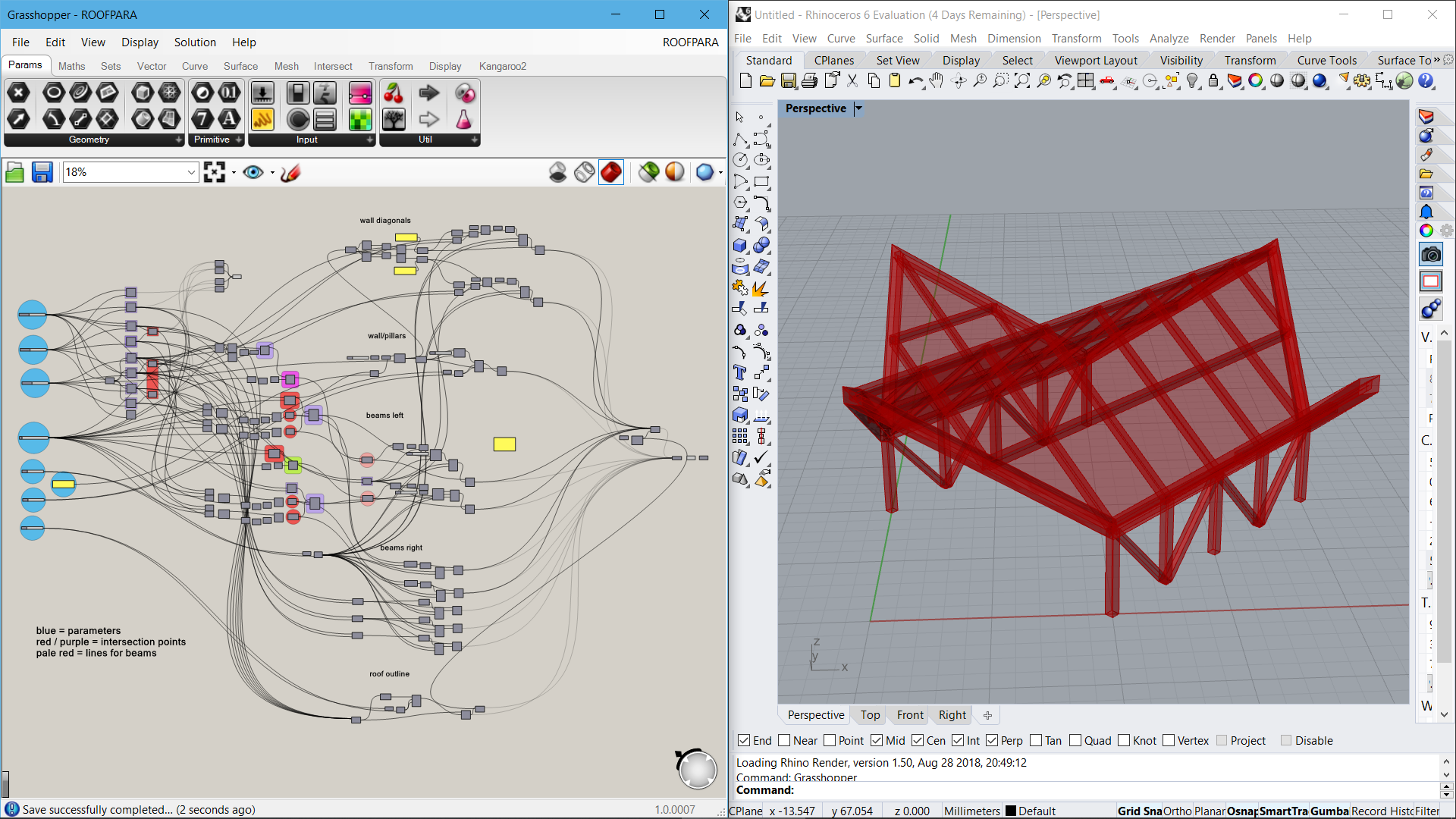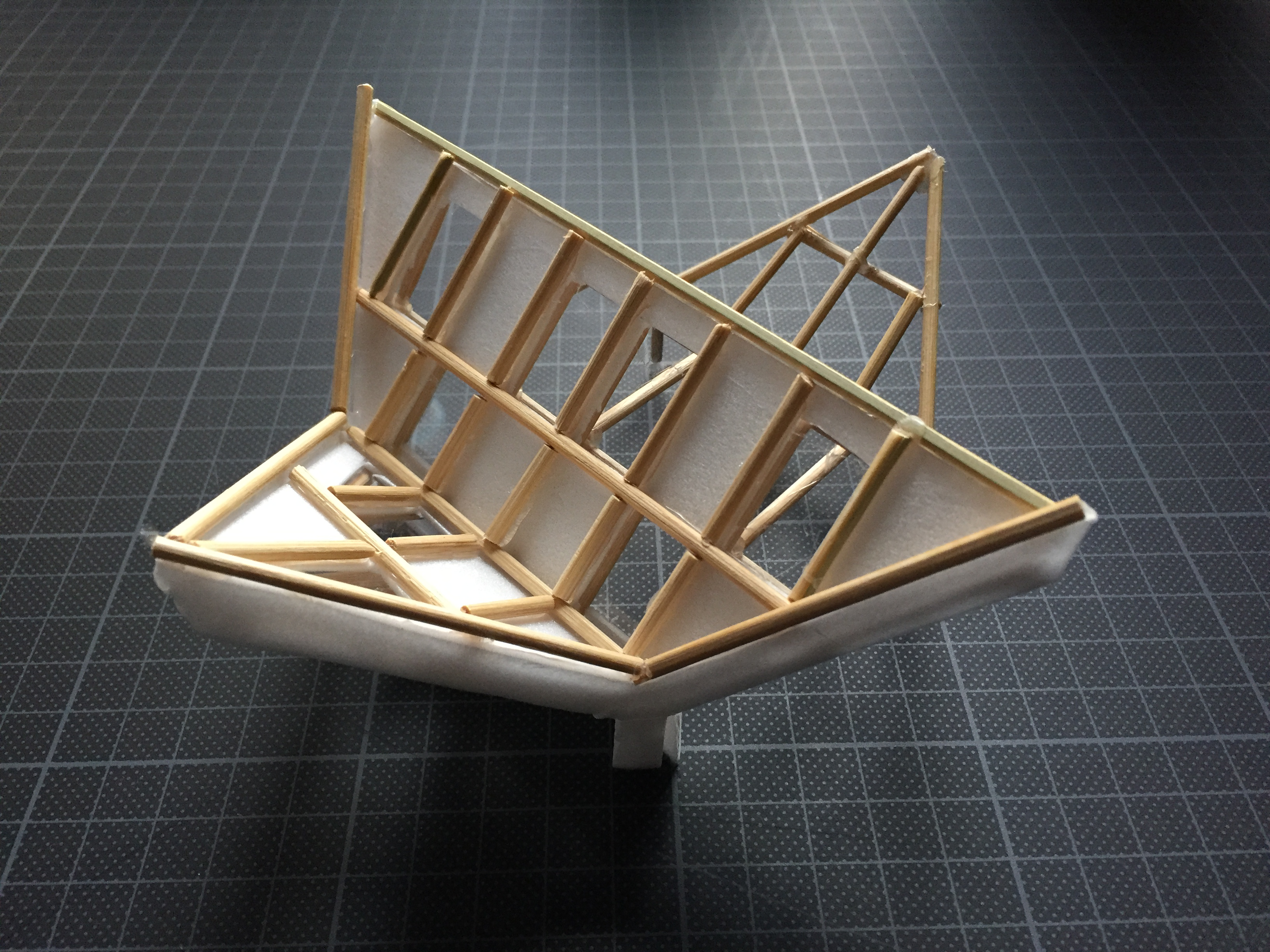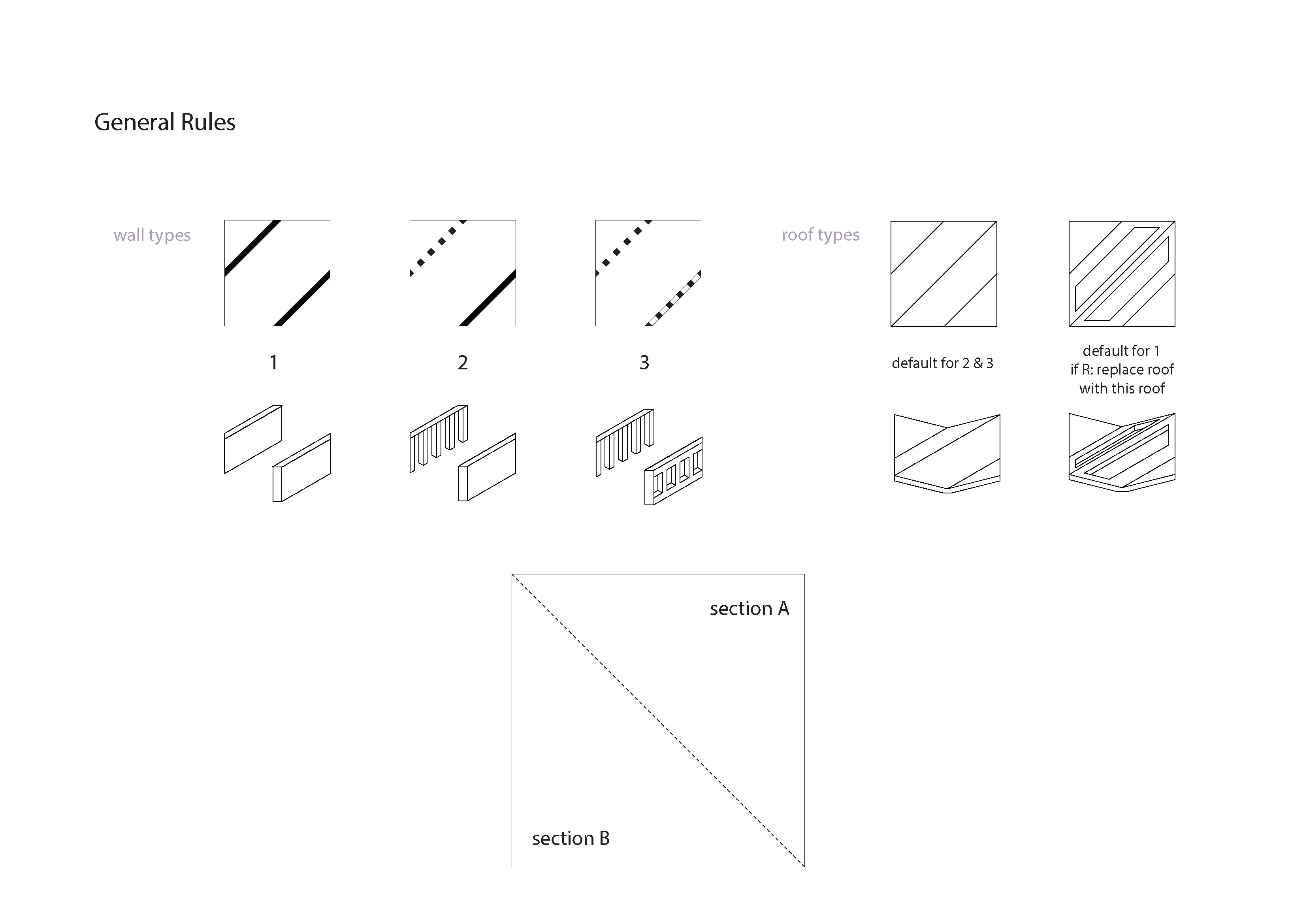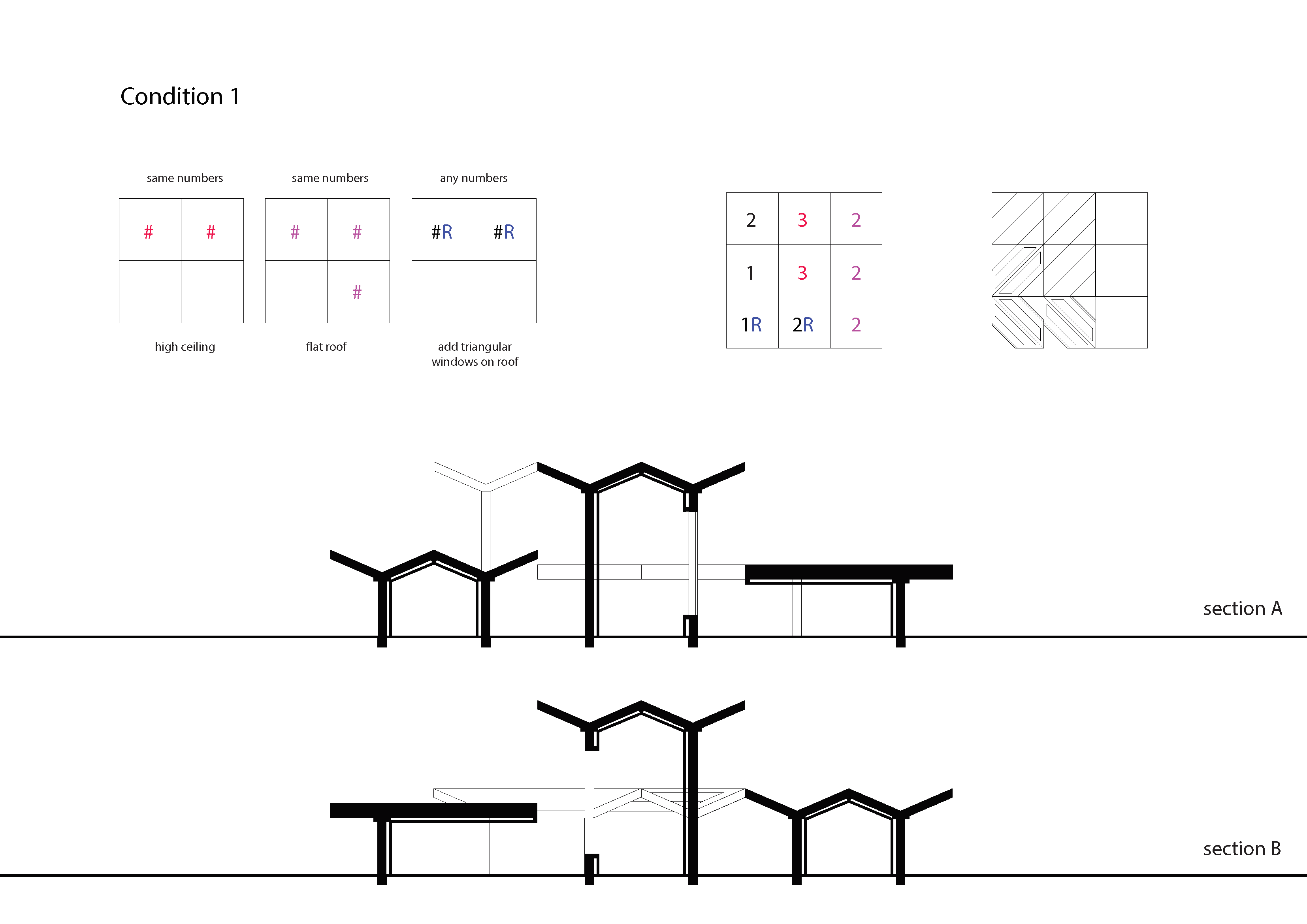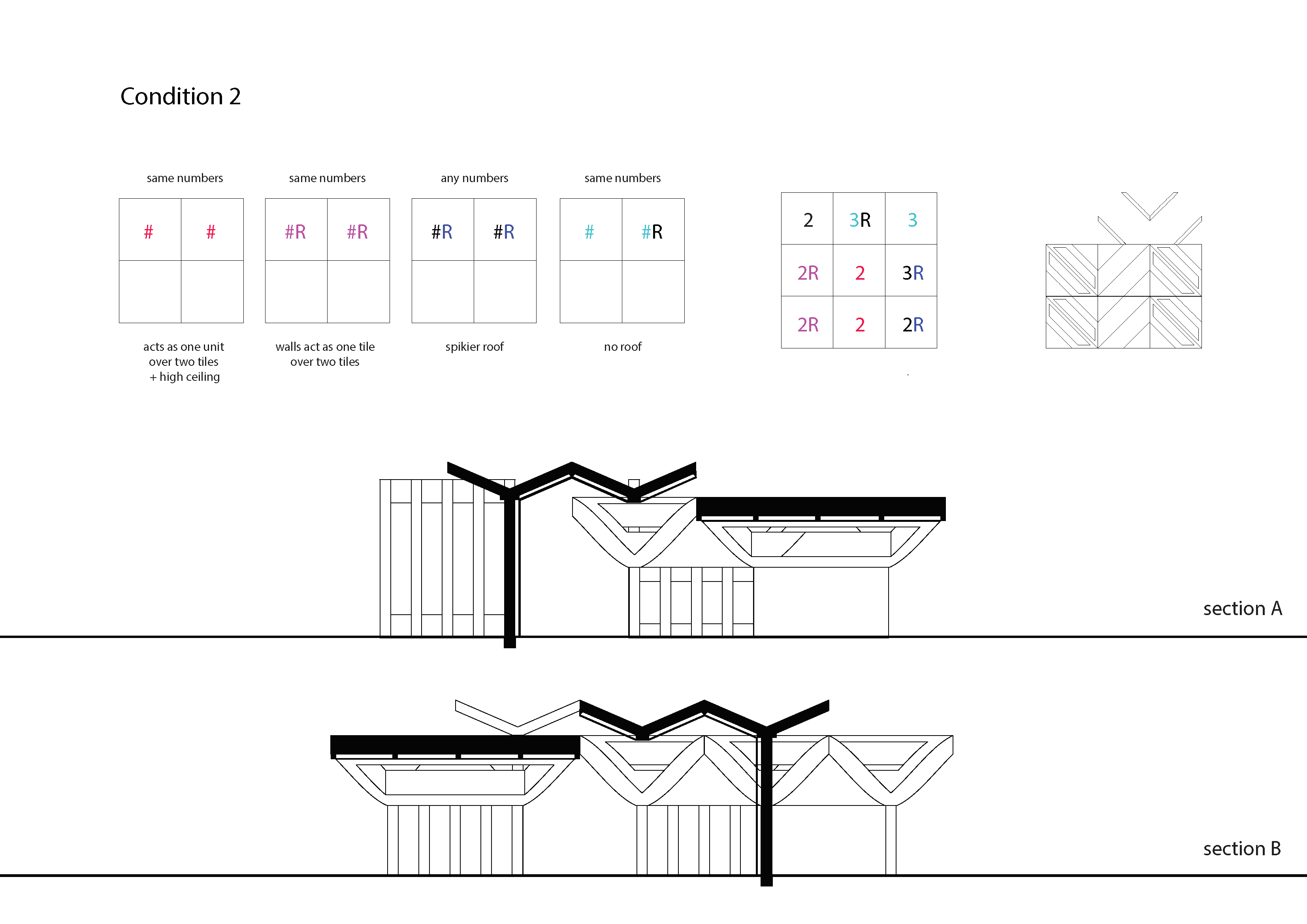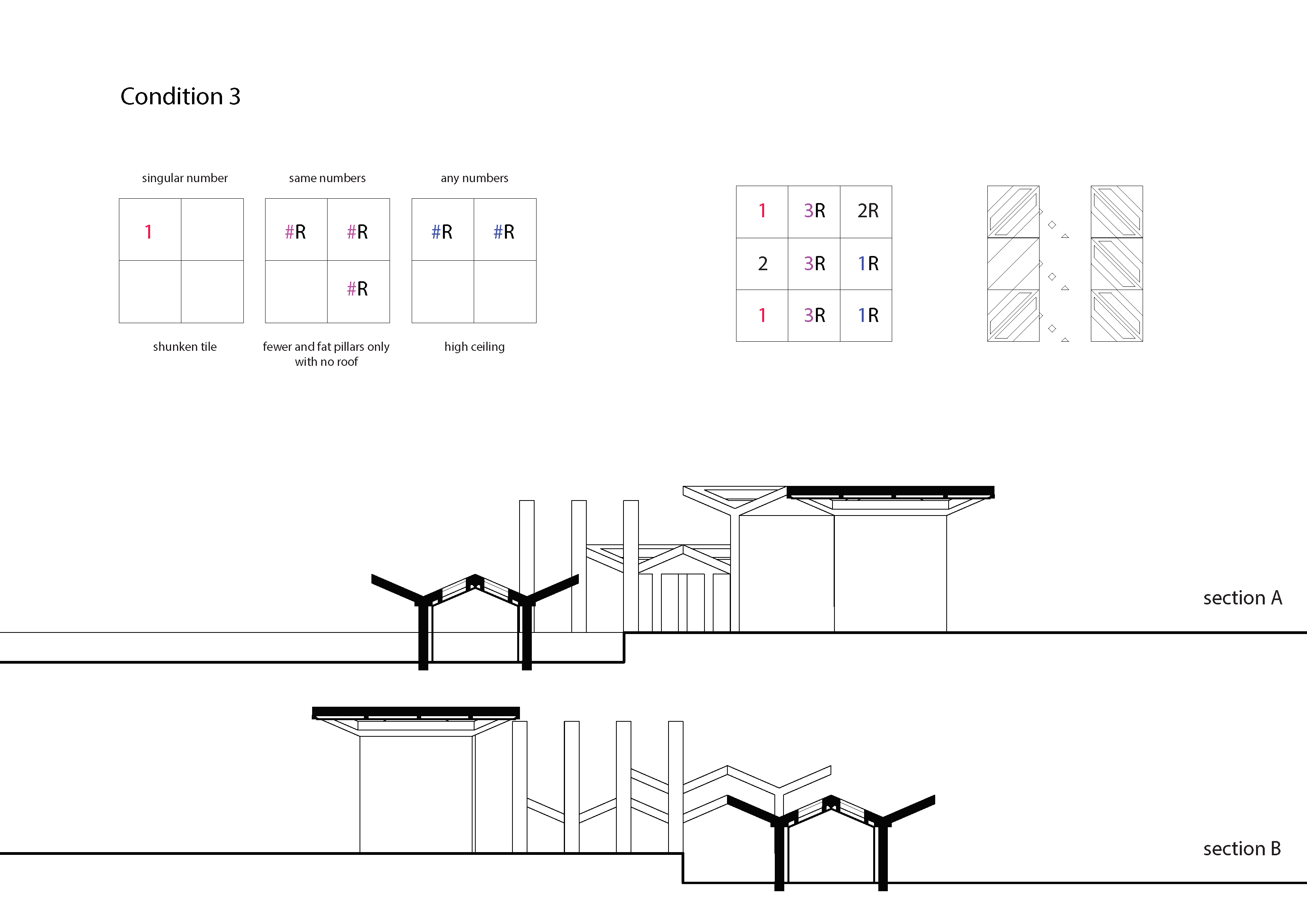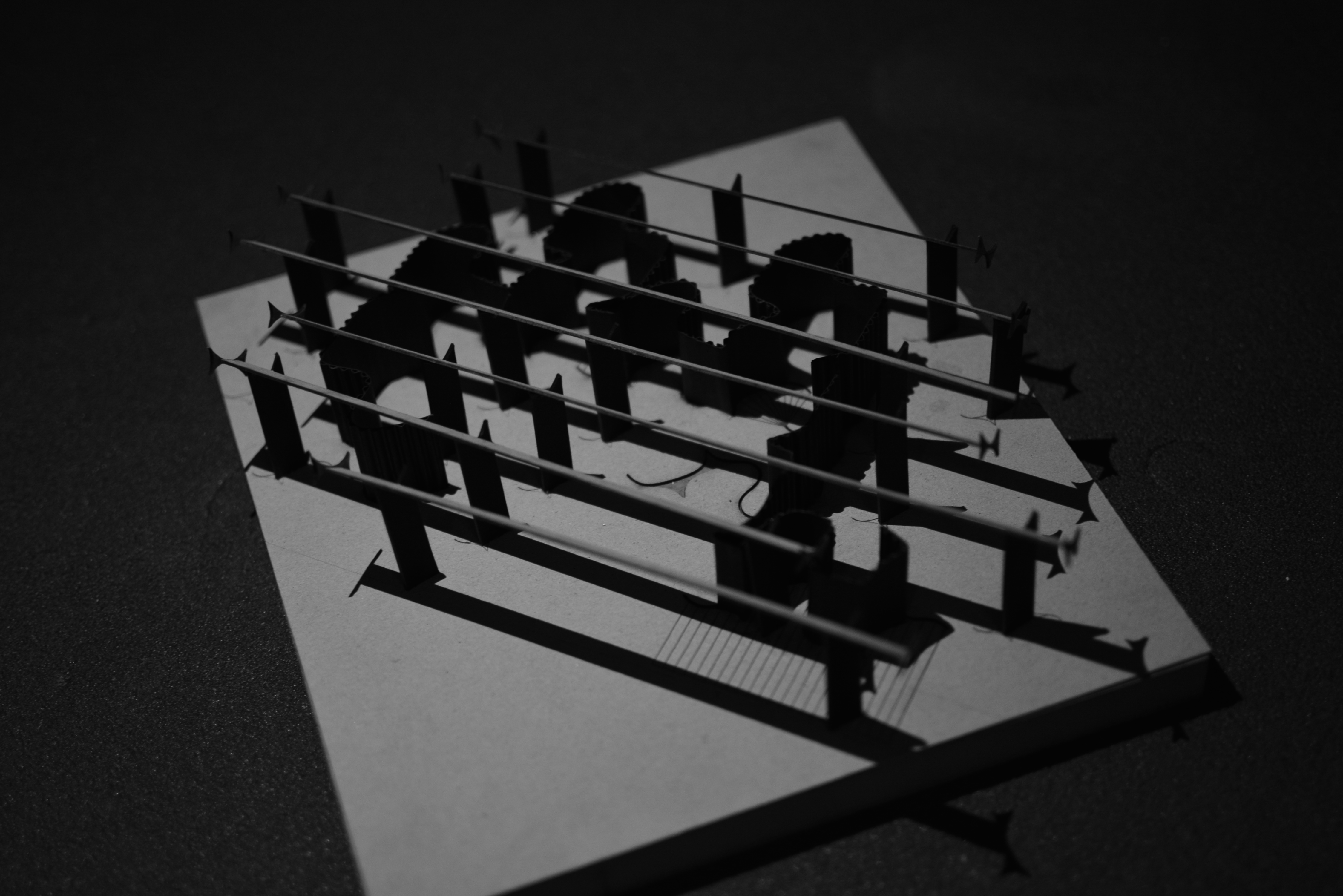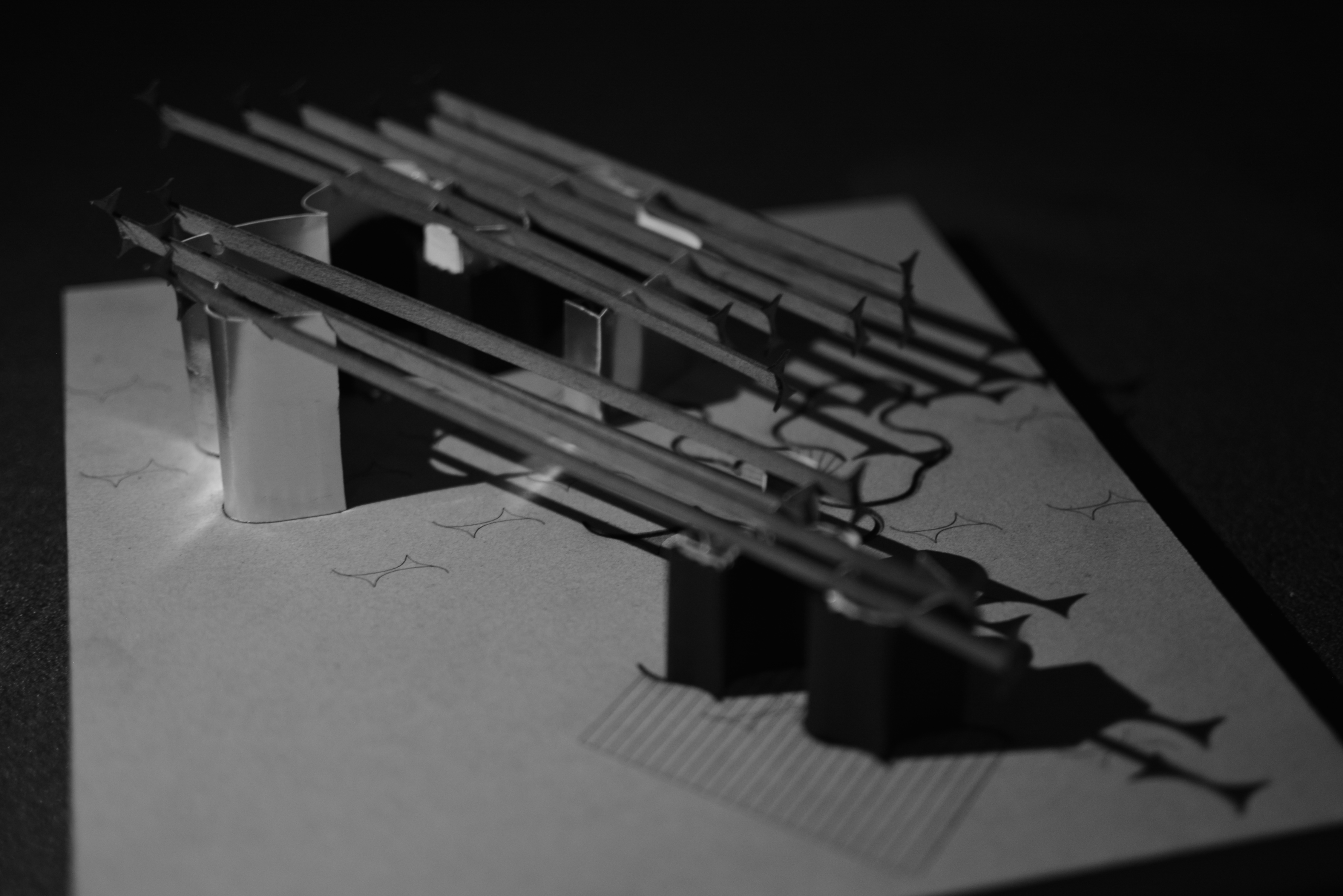if anyone is interested in Cellular Automata/conway’s game of life/L-Systems/space-filling curves in grasshopper, here’s a plugin to check out!
Category: Scripting
Human UI & Quelea plugins

https://www.food4rhino.com/app/human-ui
Check out Human UI for making aesthetically pleasing, interactive scripts. Might be helpful for when you’re making videos next week?
Also Mia found Quelea – agent based systems in grasshopper plugin form:
https://www.food4rhino.com/app/quelea-agent-based-design-grasshopper
https://www.food4rhino.com/app/quelea-agent-based-design-grasshopperhttps://www.food4rhino.com/app/quelea-agent-based-design-grasshopper
Precedents, Posterization in Python and Participatory Processes
Without anything specific in mind, I started out by researching the camp typology in a broad sense, collecting examples spanning from military camps to inca ruins. The collection of precedents is therefore quite diverse, not (yet, at least) neatly categorized by any specific parameters. However, a few different patterns emerge, such as strict, square grid compositions or more rounded landscape excavations.
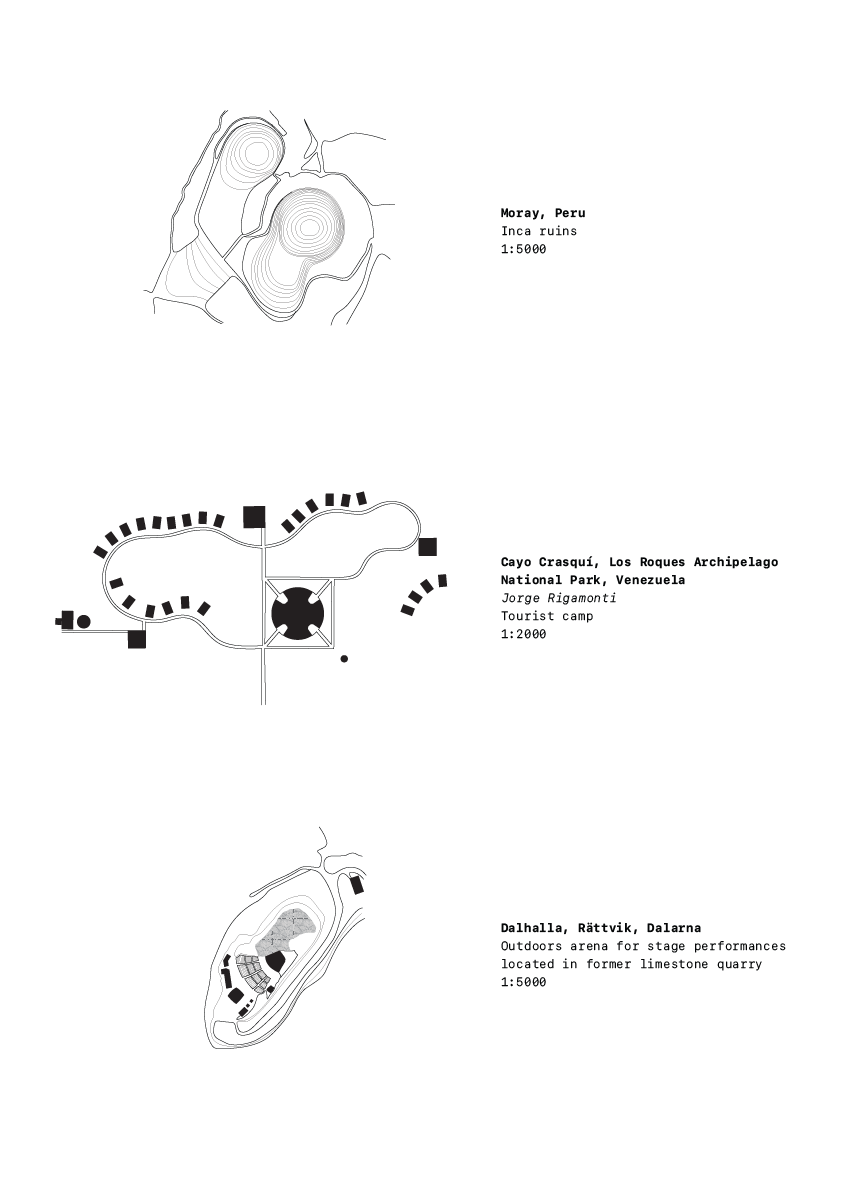
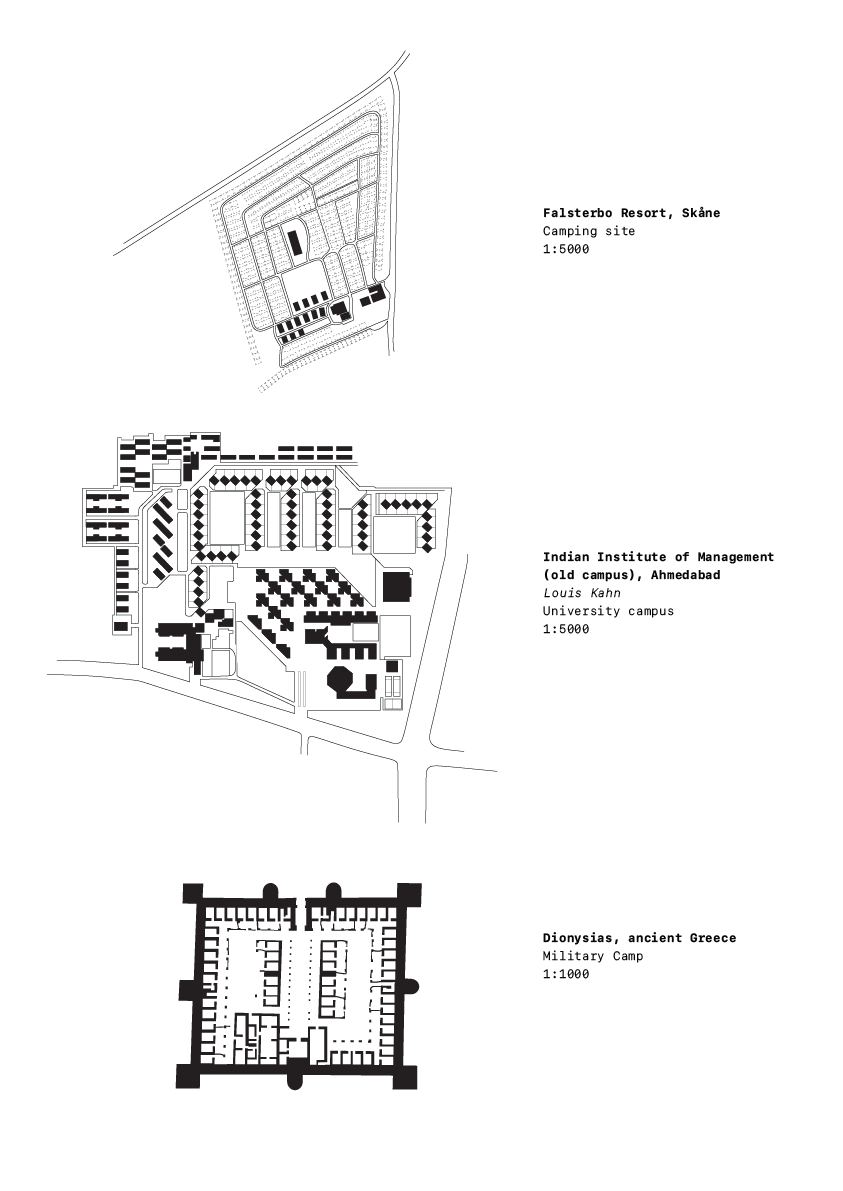
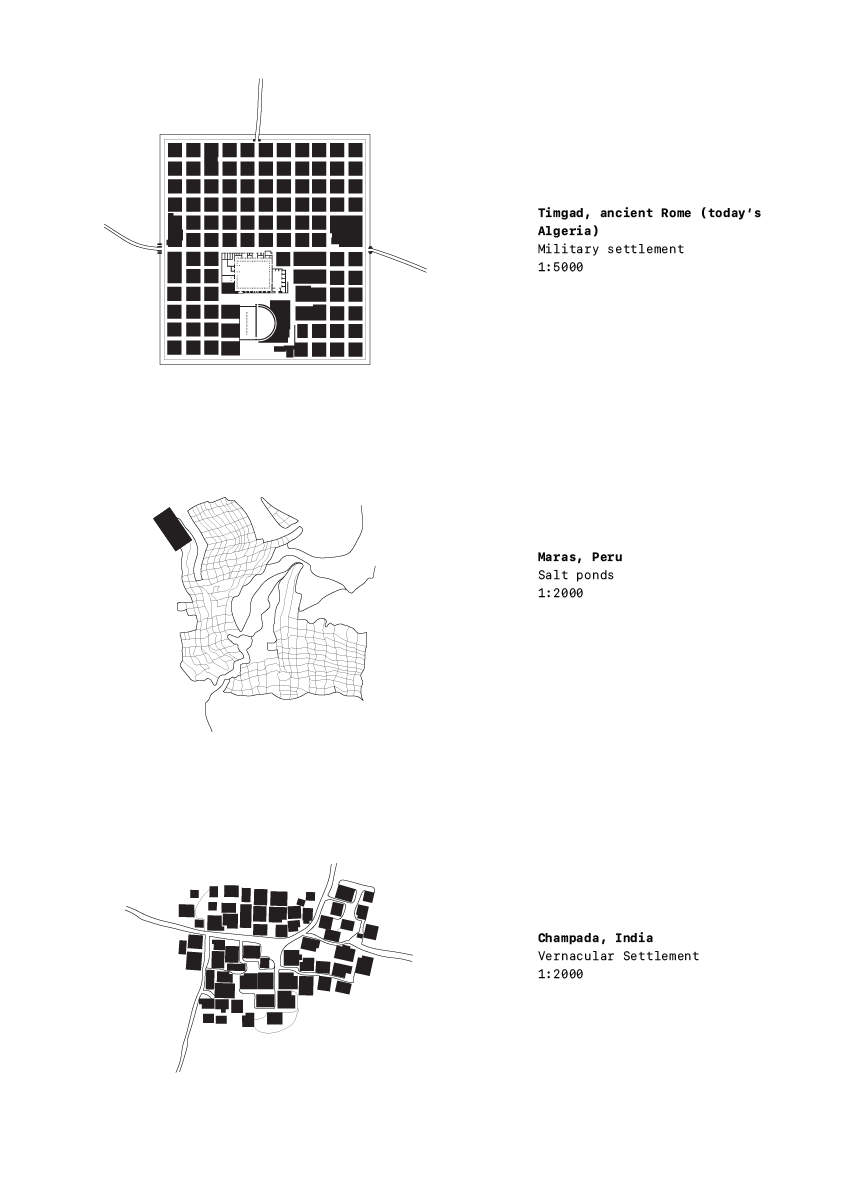
The terraced landscapes in Moray and Dalhalla in combination with Pablo’s Python script to modify the heightmap image file inspired me to experiment with programming a script that modifies the heightmap to create a posterized, lower resolution version of the image that in turn could generate a terraced landscape in Rhino. I am not yet sure whether this type of terraforming is what I want to work with moving forward in the project, but at least I had fun writing my first few lines of code.

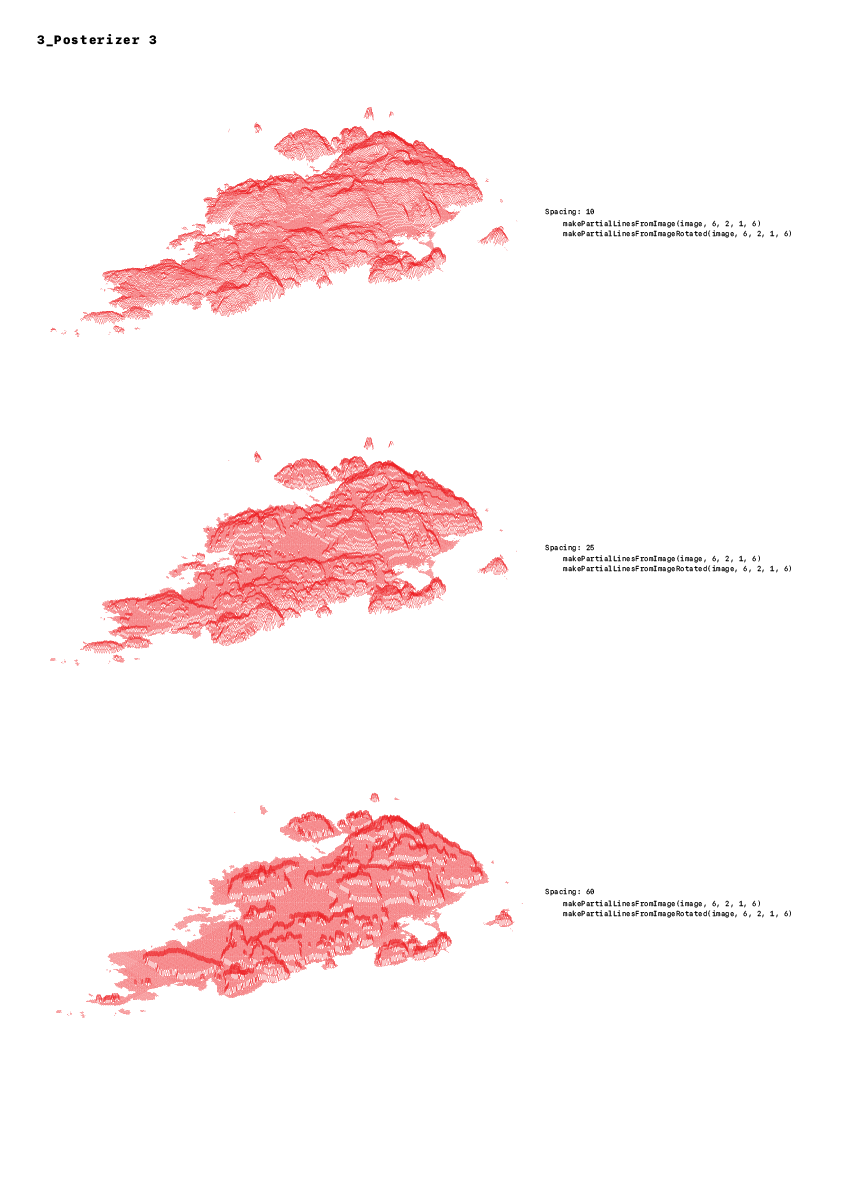
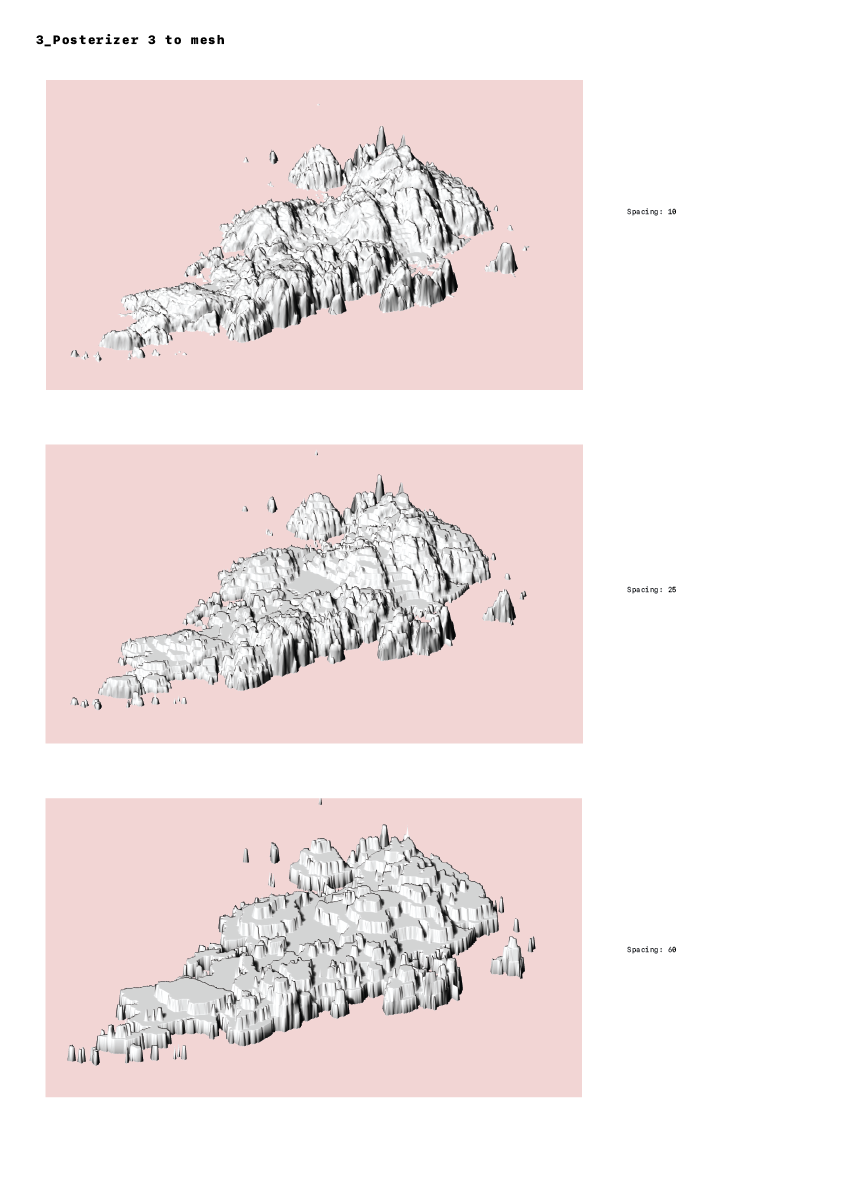
At present, my area of interest for the camp project is related to participatory and/or emergent design, where the participants of the camp are the ones designing/building/influencing the camp in some way. Instead of ending up with a finished ”project” showing a final end result for what the camp will look like, it might be interesting to work towards a more speculative, ”simulated” result, showing a possible outcome of a process, perhaps happening over a longer period of time. An idea on how take this vague and overly ambitious idea forward is to analyze settlements that have emerged organically without architects to identify the rules and patterns of the configurations. I am also planning on looking more at the specifics of the site, as well as gathering more references on participatory and emergent design processes.
Pavilions
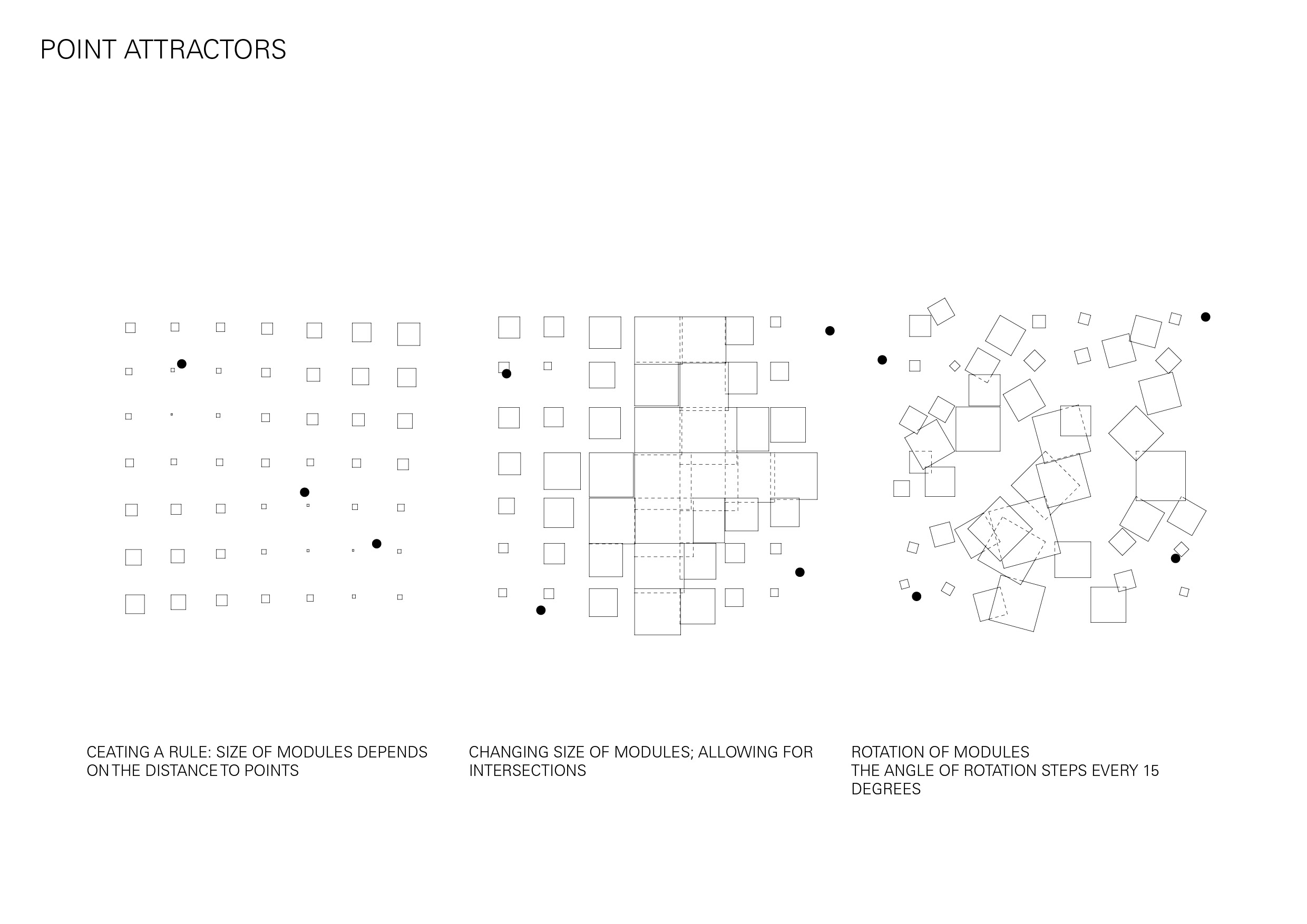
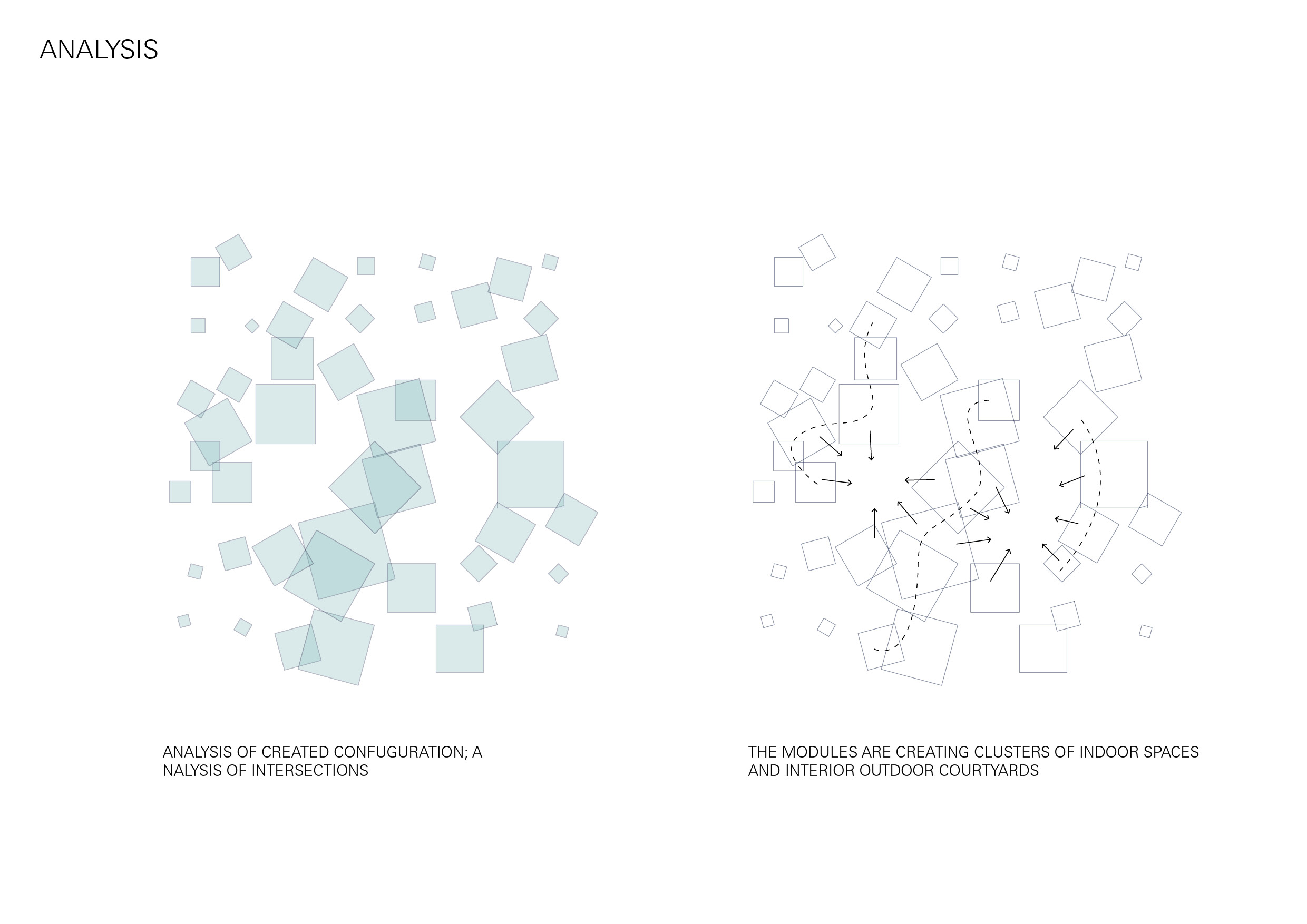
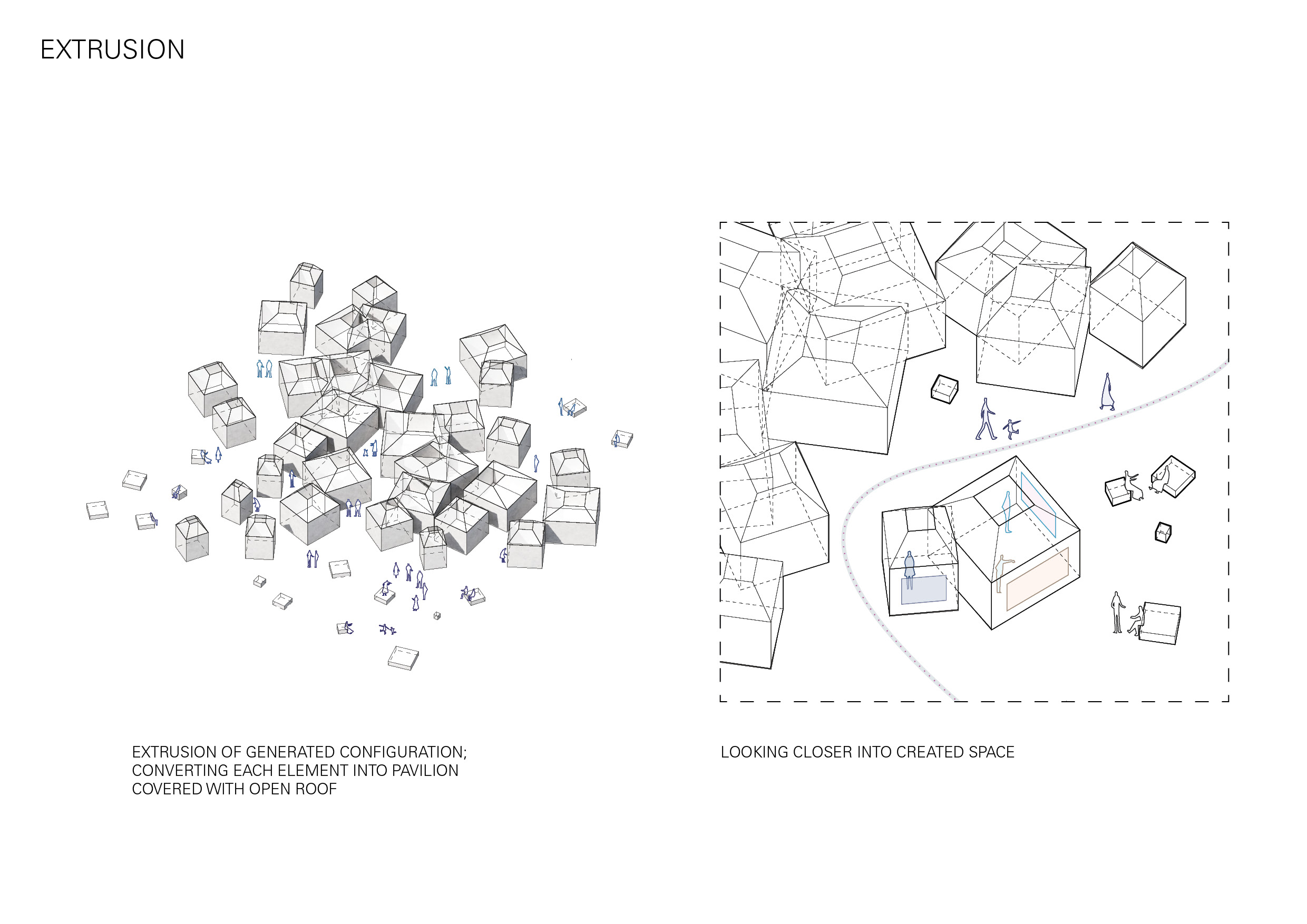

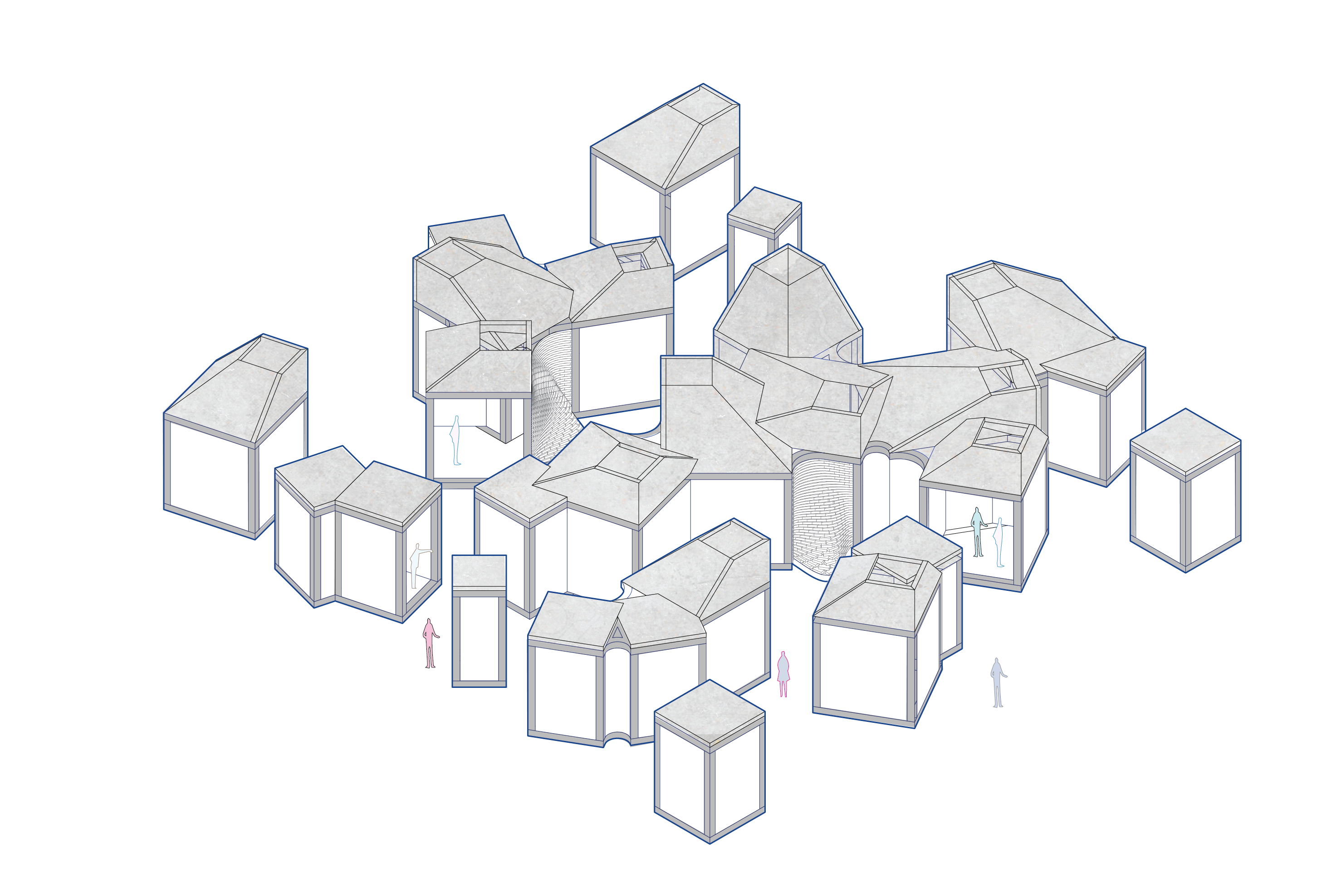


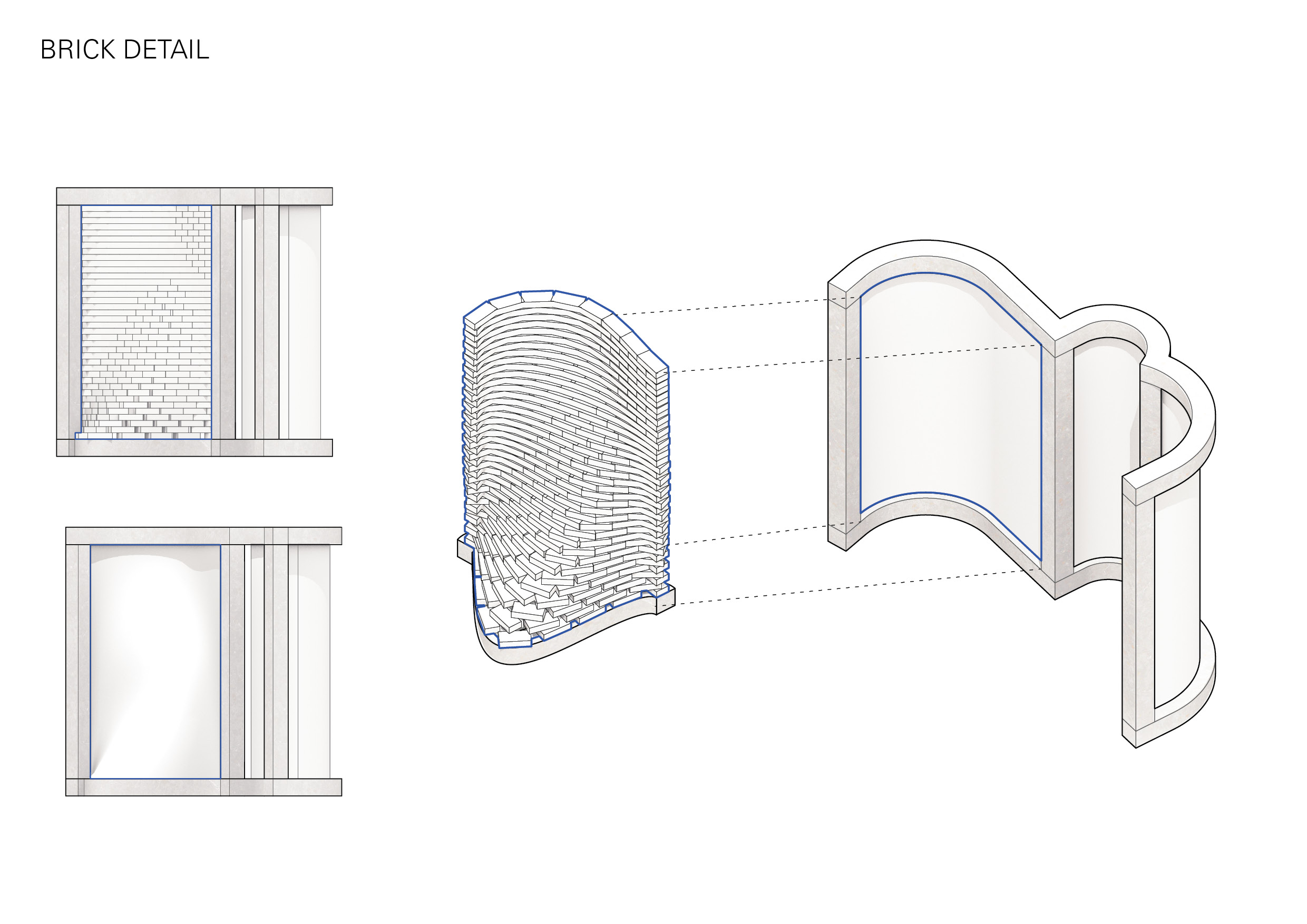
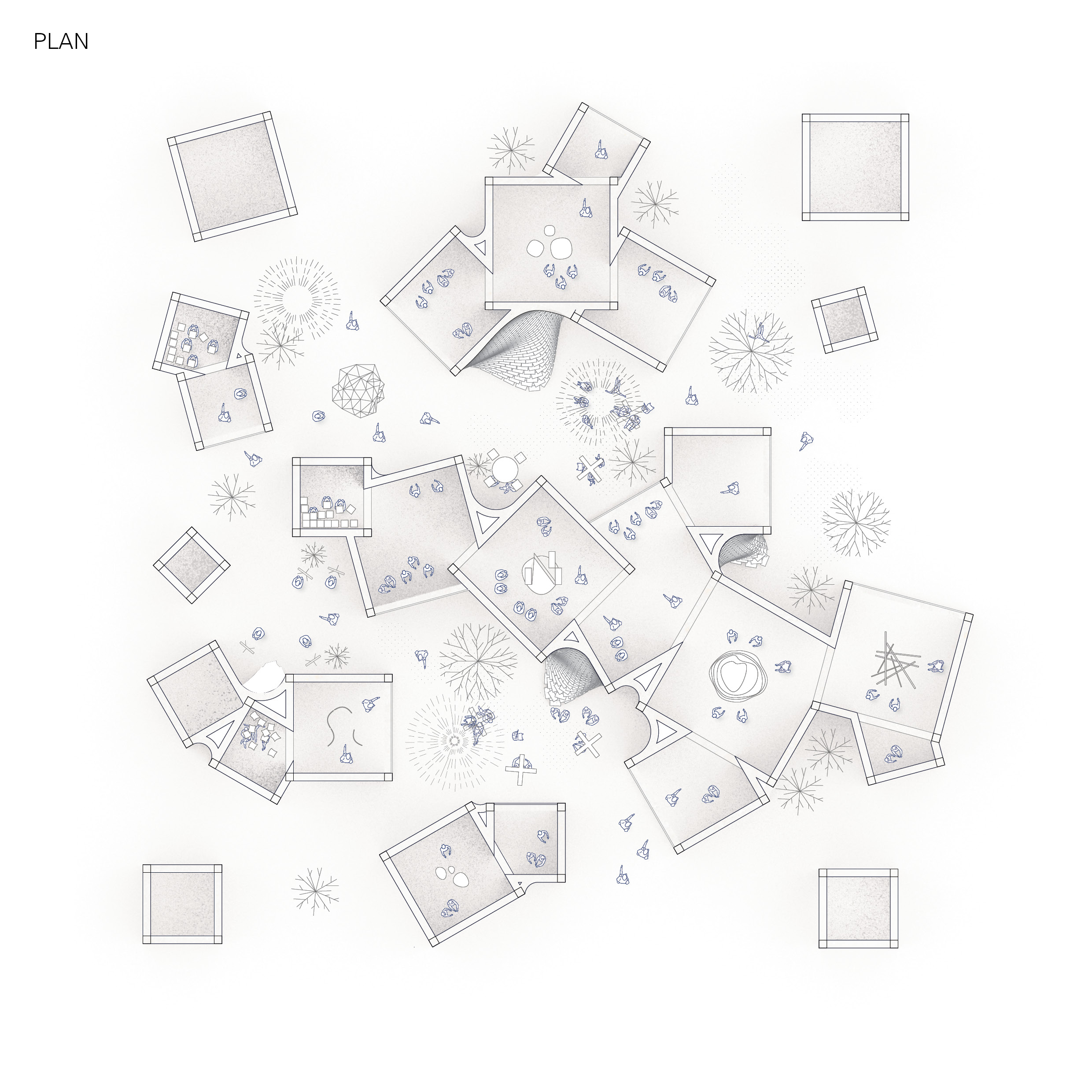
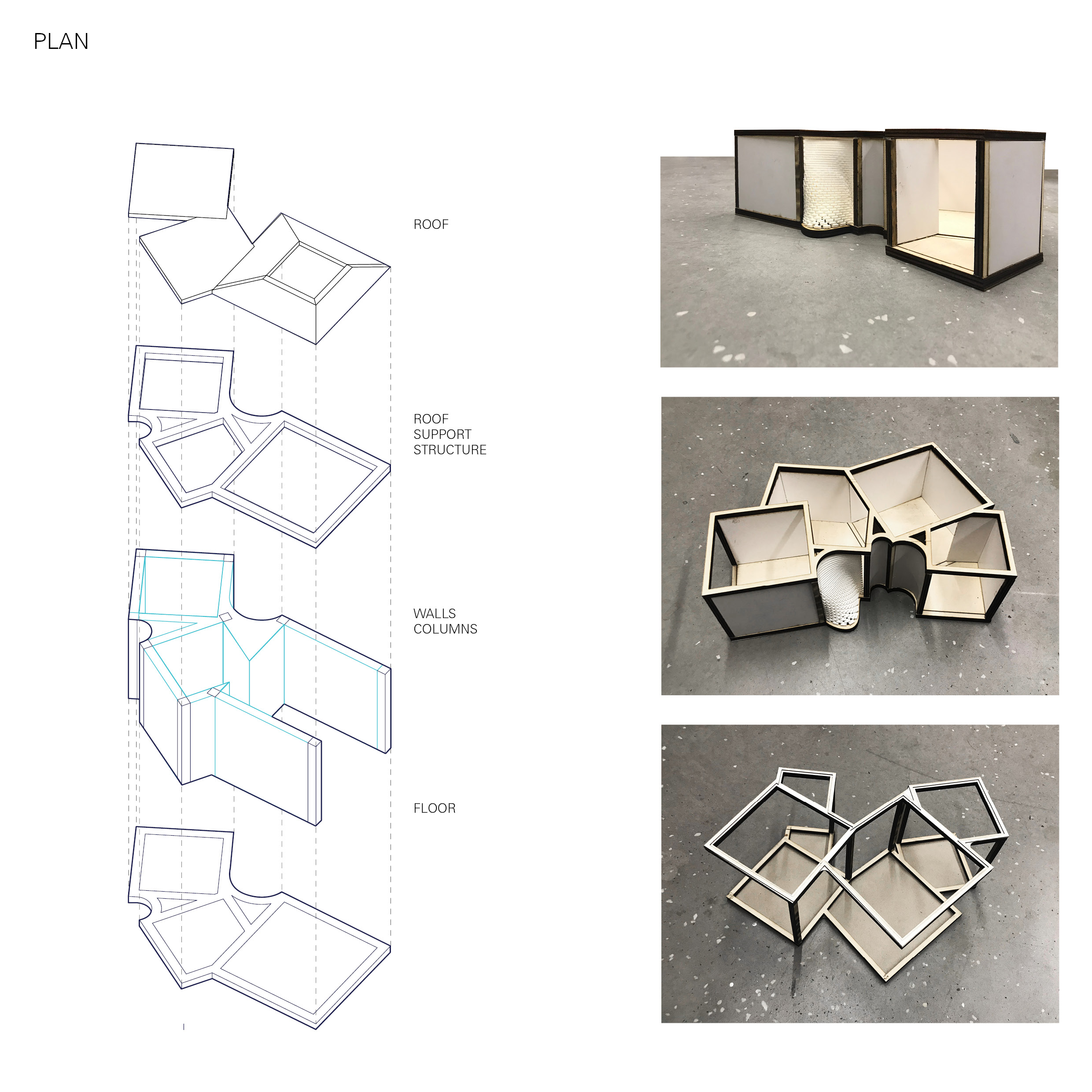

Going off at a tangent
Generating tangents and perpendiculars
Organisation and arrangements

Extrapolating the geometry into structure

Development Axonometric – Three systems meeting – Walls, beams and roof

Python System Breakdown

Development model – reviewing wall to roof connections
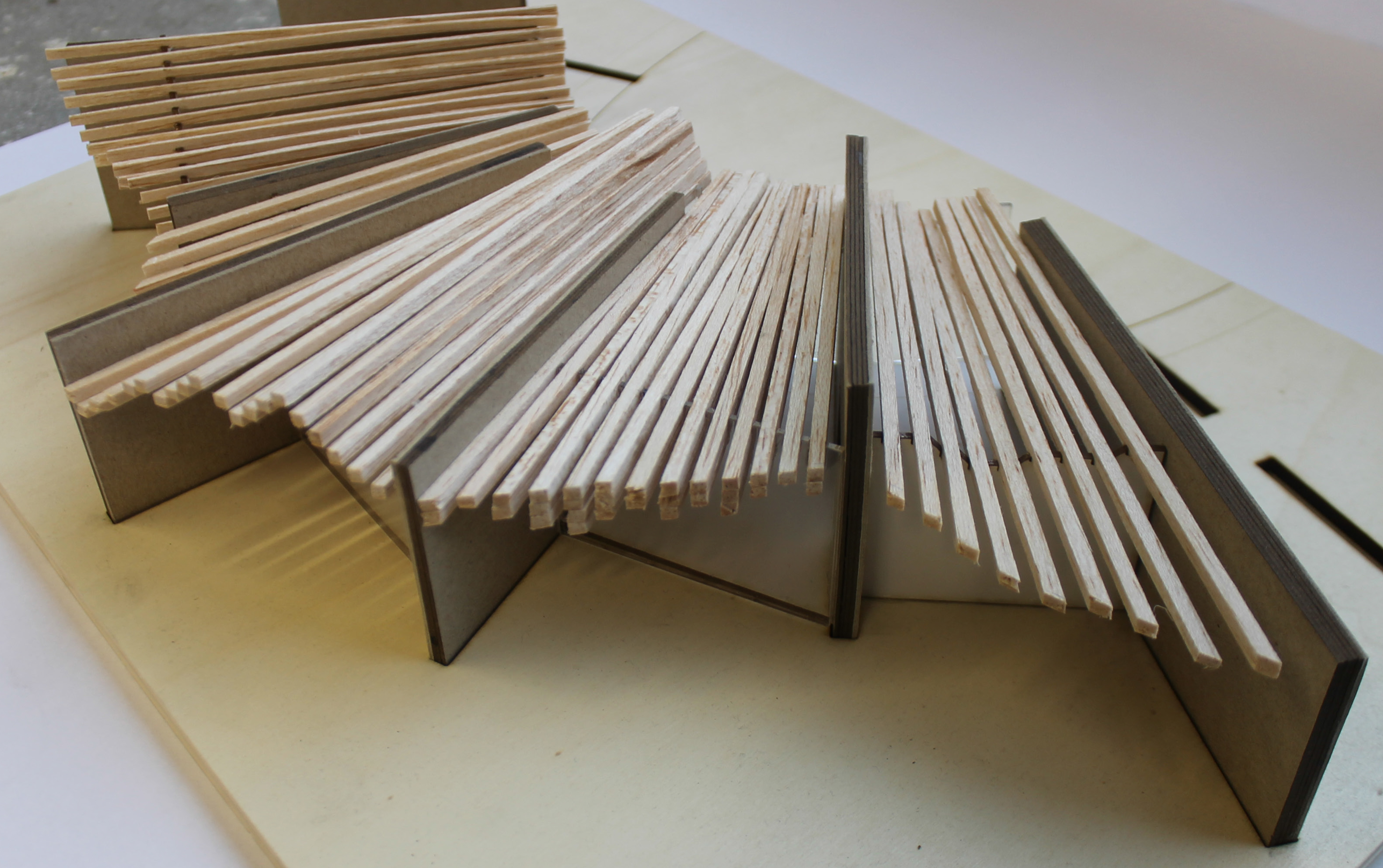
Analysing different input curves and the generations

Classifying the spaces created

Implementing forced perspective into the structure
Development model – Full circle – roof begins to inform the plan

Radial structure – rationalising geometry and simplifying connections

Radial structure – integrating the flexible circulation system

Roof curvature – Two curves vs one – how this affects the section through spaces

Analysing the gradient of the roof – walkable vs non-walkable

Full integrated python and grasshopper system

Curves not angles.
Drawing from the research and testing throughout project_01 and _02, I began to compile and implement the system I created in order to give architectural form to the space filling curve that is the dragon curve. The path and control points of the test M1 from project one inform the grid along which both the walls and roof structure are set, thereby enforcing a direct correlation between section and plan. Altering parameters such as thickness, scale and spacing of the walls and roof, with respect to desired lighting, movement, material etc. can easily be navigated as the structure and form are resolved thanks to the connection in plan and section
.
Truchet House v.2
task 2.2
Task 2 of project 2 is just a bunch of Grasshopper shenanigans
task 2.2
Inhabiting the curve.
The final presentation for project_01 brought about the exploration of light and materiality through the medium of models. Working through sketches, I began exploring the roof grid and it’s correlation to the curved plan with an experimental approach to how their relationship is articulated in the physical form.
I worked through three card models using the laser cutter to achieve the curvatures of the dragon code, investigating the materiality of the curves, the spacing and placement of the roof.
The flow of movement through the building was a direct response to the location on site. Using the pond as a feature and arrival point, the Konsthall starts as a bench into a curved wall that sinks down into the ground and leads you back up into the waterfront.
 The challenge of using the curved walls as a guide without the roof structure deterring from the spatial experience was a balance difficult to navigate. The design needs to be explored at multiple locations within the curvature, based on site variations and the specific spatial qualities created at each chosen point. How the spaces are occupied, what potential it holds for exhibition purposes etc.
The challenge of using the curved walls as a guide without the roof structure deterring from the spatial experience was a balance difficult to navigate. The design needs to be explored at multiple locations within the curvature, based on site variations and the specific spatial qualities created at each chosen point. How the spaces are occupied, what potential it holds for exhibition purposes etc.


